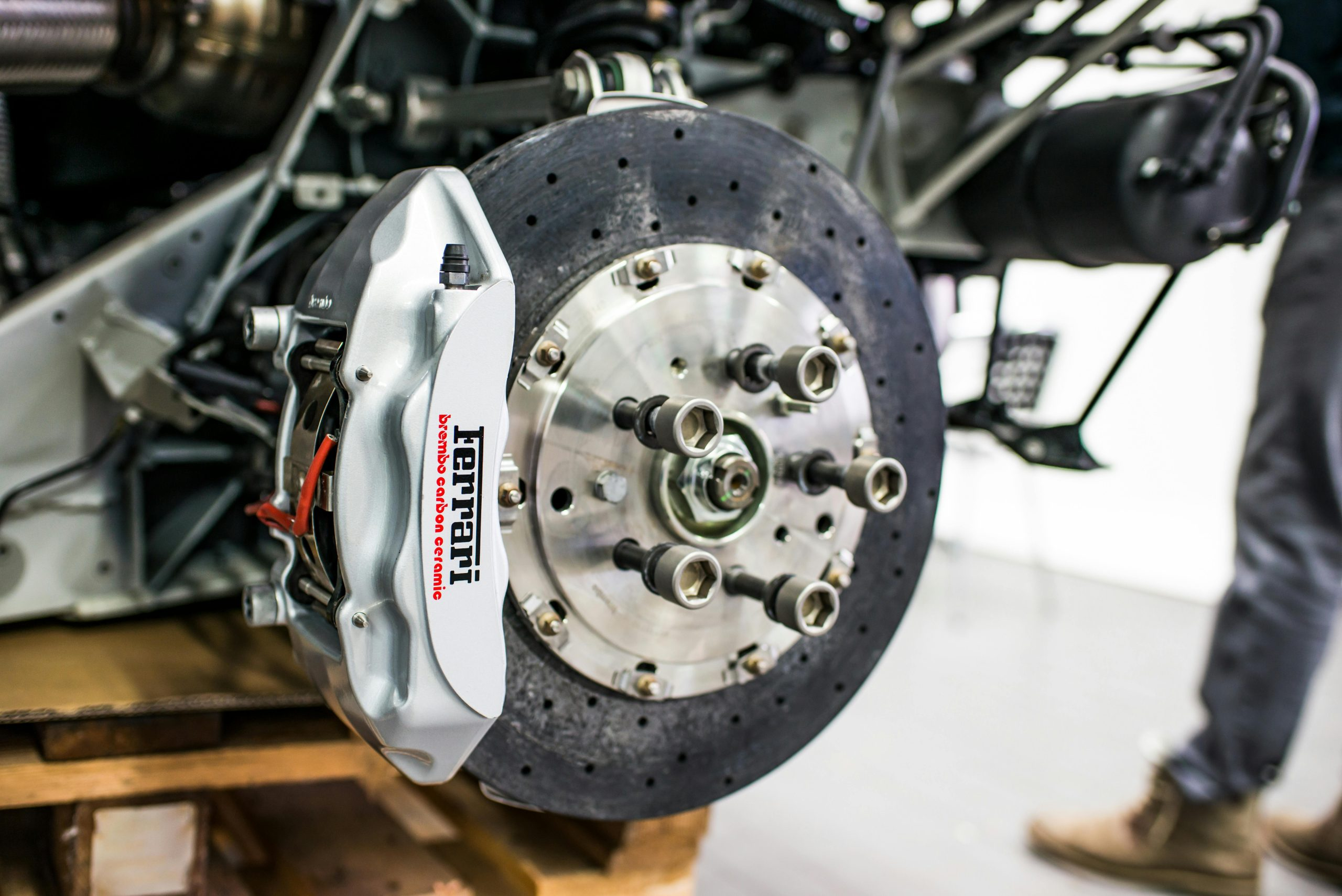Asian Automotive Innovation: Leading the Global Industry
In recent years, the Asian automotive industry has seen a remarkable rise in innovation, solidifying its position as a leader in the global automotive market. With technological advancements and a focus on sustainable solutions, Asian automotive companies have taken bold steps to revolutionize the industry and set new standards for the rest of the world to follow.
The Rise of Asian Automotive Innovation
The traditional image of Asian automotive manufacturers as producers of cheap and low-quality vehicles is now a thing of the past. Companies like Toyota, Honda, and Hyundai have proven themselves to be pioneers of automotive technology, constantly pushing boundaries and redefining industry standards.
The Early Days of Innovation
The journey of Asian automotive innovation began in the 1960s when Japanese automakers challenged the hegemony of American and European automakers. The introduction of the Toyota Corolla in 1966 and the Honda Civic in 1973 paved the way for the Japanese automotive market to establish itself globally. These cars were not just affordable but also reliable and fuel-efficient, making them an instant hit among consumers.
The Era of Hybrid Vehicles
In the late 1990s, Toyota introduced the first mass-produced hybrid vehicle, the Prius. This groundbreaking innovation was a turning point for the automotive industry, as it showed the potential for fuel-efficient and eco-friendly vehicles. This move by Toyota spurred a race among other automakers to develop their own hybrid models, eventually leading to the widespread adoption of hybrid technology in the industry.
Shifting Focus to Sustainable Solutions
With the global call for sustainability and reduced carbon emissions, Asian automakers have once again taken the lead by introducing more eco-friendly solutions. China, the largest automotive market in the world, has set aggressive targets for electric vehicle adoption. To meet these targets, Chinese automakers like BYD and BAIC have invested heavily in electric vehicle technology, making China the largest manufacturer of electric vehicles in the world.
The Autonomous Revolution
Asian automakers are also making significant progress in the development of autonomous vehicles. While companies like Tesla and Uber have been the talk of the town, Asian companies have been quietly working on their own autonomous technology. The South Korean company, Hyundai, has been testing fully autonomous vehicles on the streets of Seoul, while Japanese automaker, Nissan, plans to launch their own autonomous vehicles in the early 2020s.
Challenges and Opportunities Ahead
While Asian automotive companies have made remarkable progress in innovation, they still face challenges in this ever-evolving industry. With the rise of electric and autonomous vehicles, traditional automakers are facing increased competition from new players in the market. However, this also presents an opportunity for Asian automotive companies to further establish their dominance with their expertise in affordable and sustainable solutions.
The Future of Asian Automotive Innovation
The future of the Asian automotive industry looks promising, with a continued focus on innovation and sustainability. With the development of smart mobility solutions and the growing demand for electric and autonomous vehicles, Asian automotive companies are set to dominate the global market for years to come.
In Conclusion
The Asian automotive industry has come a long way from its humble beginnings, becoming a leader in global automotive innovation. With constant technological advancements and a commitment to sustainable solutions, Asian automotive companies have set the bar high for the rest of the world. As we move towards a more eco-conscious and technologically advanced future, we can expect Asian automakers to continue leading the way towards a better and more sustainable automotive industry.









